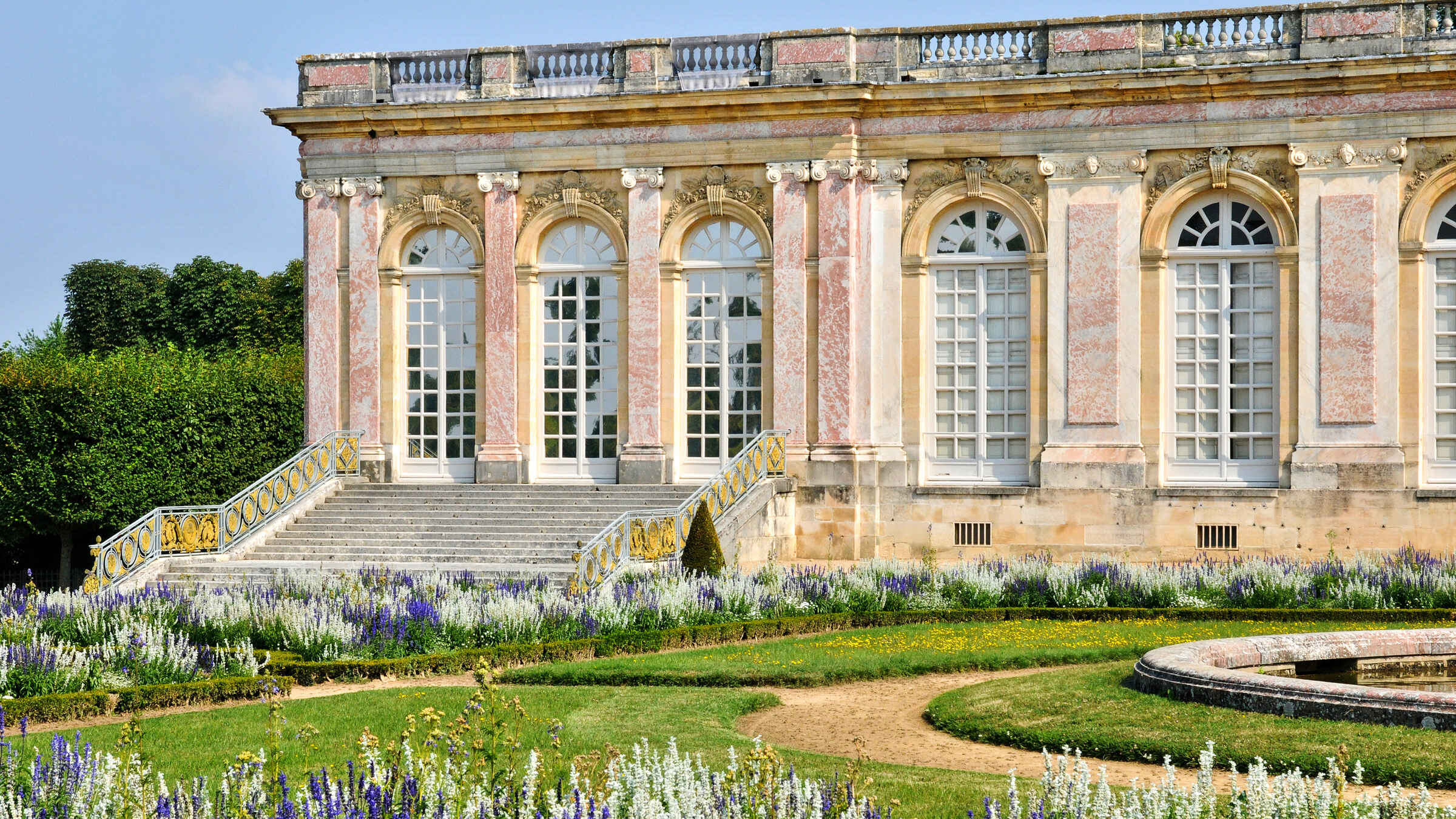The Château de Versailles represents the zenith of opulence in the 17th and 18th centuries. It’s an embodiment of the Ancien Régime’s excess, and it’s mind-boggling in its richness, with grounds so vast that you’ll need a bicycle or golf cart to see everything in one day.
The 17th-century interiors were painted and adorned by architect Louis Le Vau, gardener André Le Nôtre, and Charles Le Brun, who painted and decorated them.
The rest of town flows from the palace, giving opulent mansions on exquisite roads for courtiers and contractors who needed to be near the king.
Let’s have a look at the beautiful and magnificent places to visit in Versailles…
Out of all the amazing things to see in Versailles on a self-guided tour, you’ll visit the opulent salons and rooms where kings lived and conducted their affairs.
The King’s Grand Apartment is dedicated to Louis XIV, and the furnishings have remained unchanged since his reign in the 17th century. He’d make himself available to visitors on his way to the chapel in these seven stunning salons, and he’d hold court three evenings a week.
The King’s Apartment housed Louis XIV’s extravagant bed-chamber, but the King’s Private Apartment was favored by his successor, Louis XV.
The Queen’s Grand Apartment is symmetrical to the King’s, but it was a private place for the three queens, Marie-Thérèse d’Autriche (Louis XIV), Marie Leczinska (Louis XV), and Marie-Antoinette (Louis XVI), thus the décor was modified to fit late-eighteenth-century preferences.
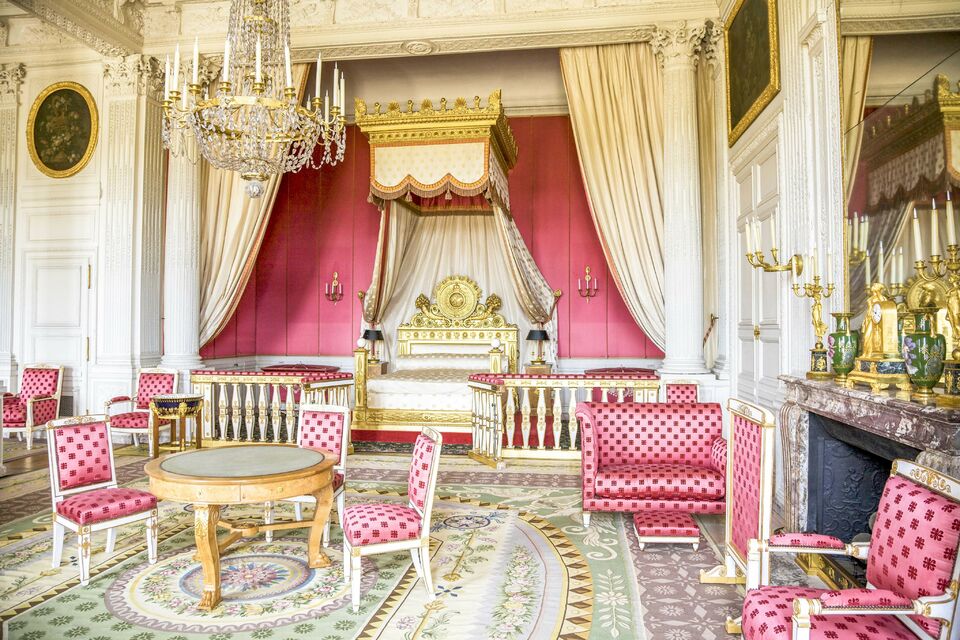
The central gallery of the Palace was constructed between 1678 and 1684 and connects the King’s and Queen’s Grand Apartments.
The Hall of Mirrors is one of the most striking things to see in Versailles and is known for both its beauty (many consider it to be the most beautiful chamber in the palace) and the historical events that have occurred here. The 73-meter-long hall is illuminated on one side by 17 arcaded windows, whose light is reflected by 17 matching mirrors.
Look up to see the painted ceiling by Charles Le Brun, which commemorates Louis XIV’s military battles and victories. On the 28th of June 1919, the Treaty of Versailles was signed here.
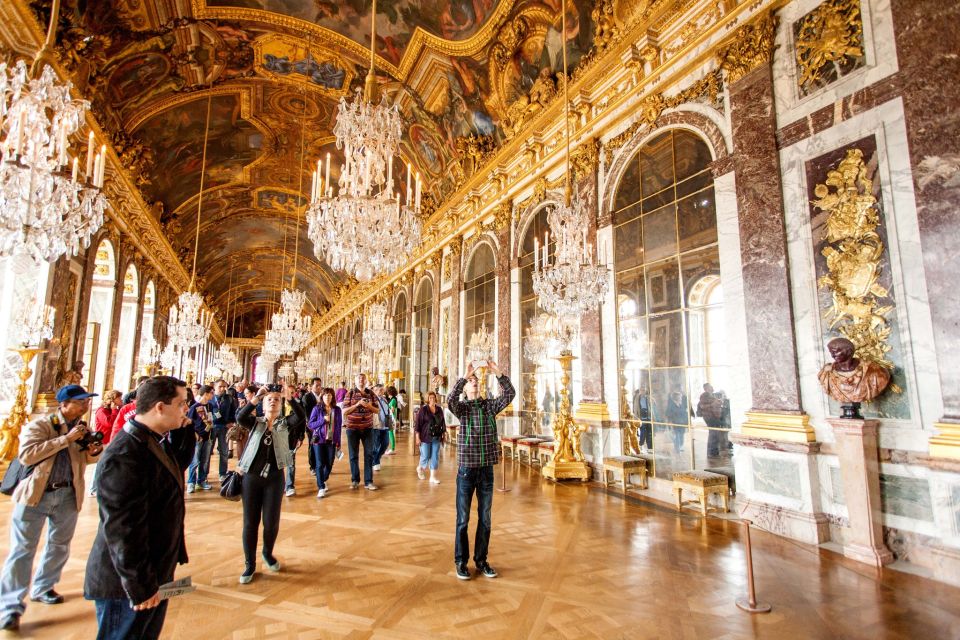
André Le Nôtre’s opportunity to shine was on the colossal grounds of the Palace. And it was for quite some time, as the gardens took forty years to complete. The grounds were as essential to Louis XIV as the palace itself, therefore construction began at the same time.
Standing on the stairs outside the hall of mirrors and looking out over the parterres that reach past the Grand Canal and into the distance is an excellent way to get a sense of the garden’s immensity.
You’ll need more than a day to see everything, but if you’re pressed for time, the Orangery, with over 1,000 caged orange trees, and the parterres and bosquets just under the Escaliers de Latone is worth a visit. This is indeed a beautiful aspect and a massively lovely thing to see in Versailles.
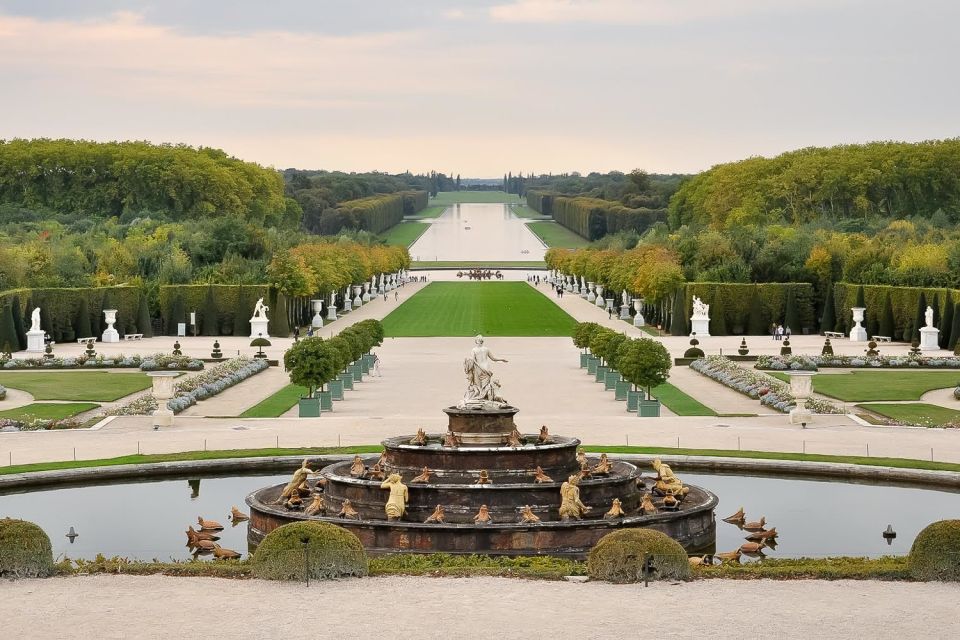
The museum in the Grande Écurie, which houses the château’s carriage collection, reopened in 2016 after a ten-year repair period. The collection, like the rest of the palace, was made public when King Louis-Philippe I opened the château to the world in 1833.
The majority of the vehicles are from the nineteenth century, as the Ancien Régime’s opulent carriages were sold off following the Revolution.
The sedan of the Dauphin Louis de France, which dates from the 1780s, is one of the oldest. Following that are Napoleon’s court gala Berlin vehicles, the hearse that carried Louis XVIII in 1824, and Charles X’s coronation coach from the same year.
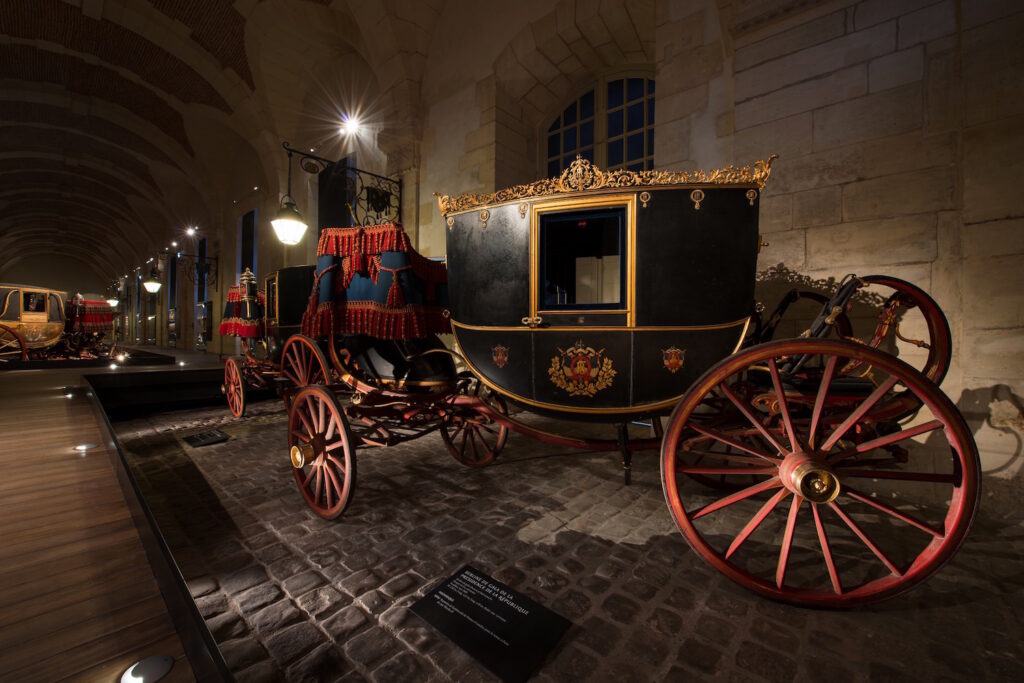
The Grande Écurie stables were finished in 1682, and they not only served as a fittingly beautiful home for the King’s hunting horses, but they also housed the country’s most prestigious riding academy.
On Saturdays, the academy, again one of the most splendid things to see in Versailles, which was reestablished in 2003 by the equestrian talent Bartabas, puts on a show at the stables. The program combines high-level horse, fencing, and dance performances.
The students at the school are trained in various disciplines to improve their horse-handling abilities, so the final two may appear out of place. You may watch the academy train on Sundays, and guided tours of the stables are available upon request.
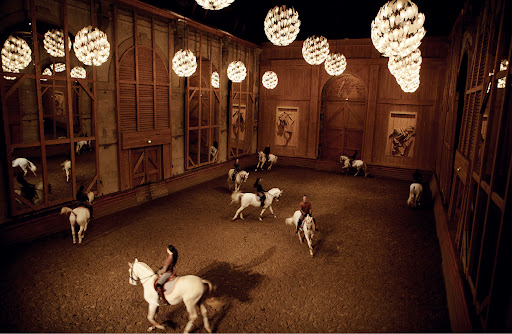
Looking west from the Escaliers de Latone, the canal generates a long shaft of reflected light that tapers to a sliver in the distance, making it one of André Le Nôtre’s masterworks. This massive cross-shaped body of water has a 1.67-kilometer-long arm.
During Louis XIV’s reign, the canal was the setting of a variety of boating spectacles: in the 1670s, the Republic of Venice gave the King gondolas as well as gondoliers who resided in buildings near the water.
It froze over throughout the winter and was utilized for sledding and ice skating. In the summer, you can rent a paddleboat and spend a majestic half-hour on the water, just as Louis XIV did almost 300 years ago.
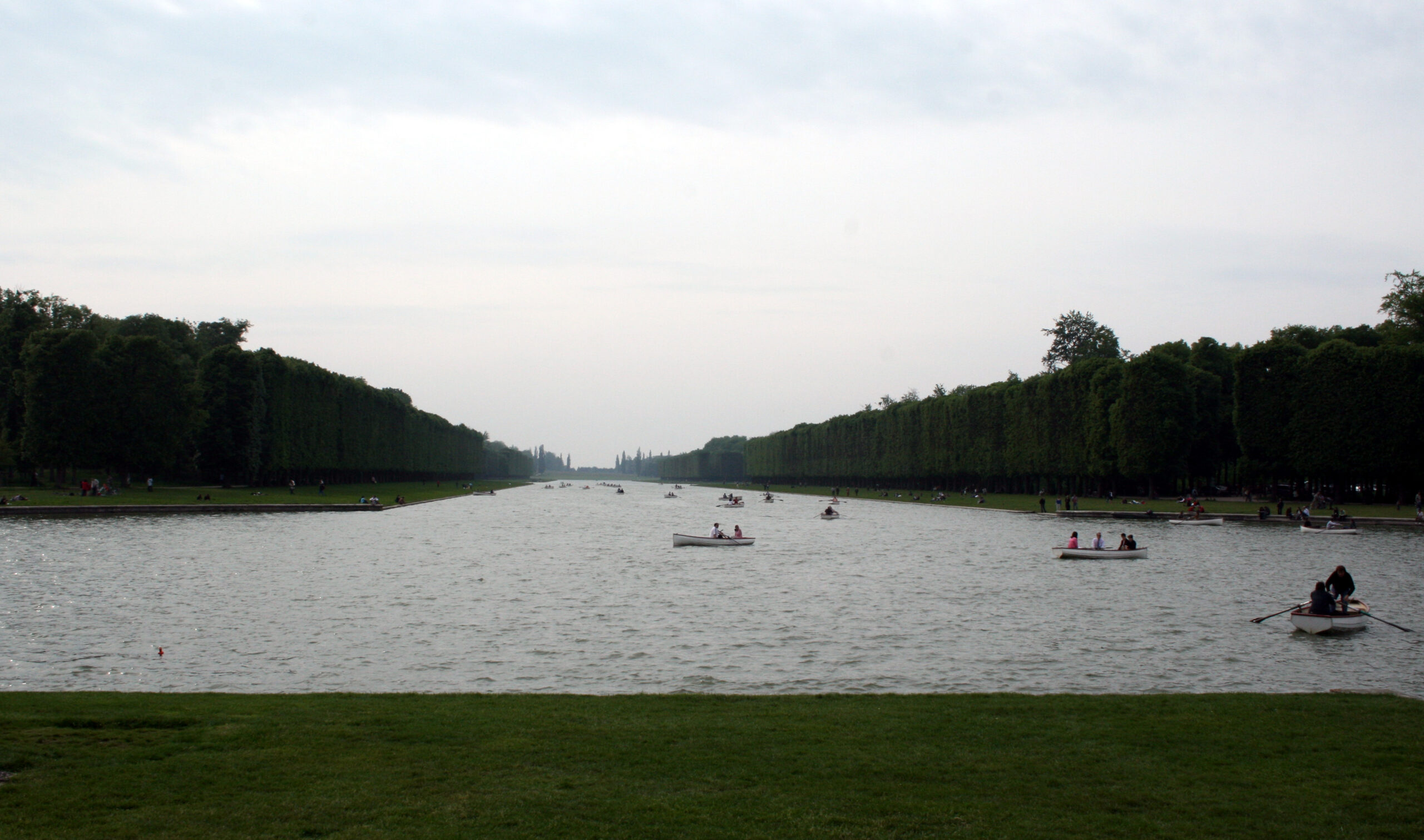
Every day at 10:00 a.m., the King would attend mass in this two-story baroque chapel. In the 18th century, several significant events took place here, including the wedding of the future Louis XVI and Marie Antoinette. It’s the only structure in the complex that rises above the flat roofline of the palace.
The King would sit in the royal gallery on the upper level, and the chapel’s layout indicates that French kings were viewed as God’s lieutenants.
The Clicquot organ in the gallery above the altar, the sculptures in the spandrels between the arches, the painted ceilings, and the marble floor are among the many things to enjoy.
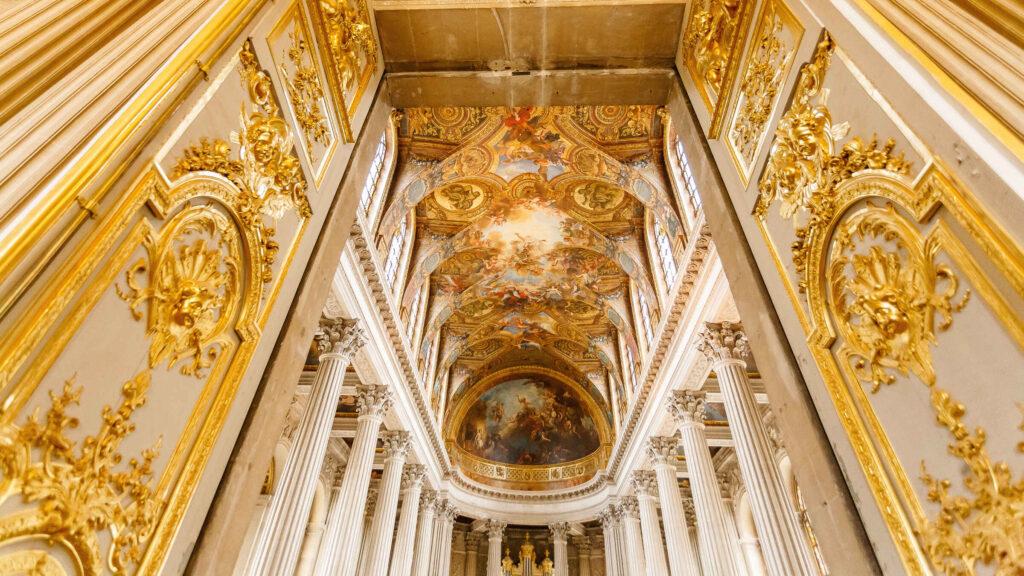
Marie Antoinette’s private hideaway might almost be described as a medieval theme park established in the 18th century; she would travel here to get away from the court and rest with her friends.
Around a lake, the hamlet comprises 12 charming homes and farm buildings, some half-timbered and some with thatched roofs. A dairy, a little boudoir, a mill with a waterwheel, a farmhouse, a fairytale tower, and a barn are among the structures.
Everyone had their own flower or vegetable garden, and the dairy even provided the queen with milk and eggs. The Queen’s Cottage is a favorite, with its quaint spiral staircase.
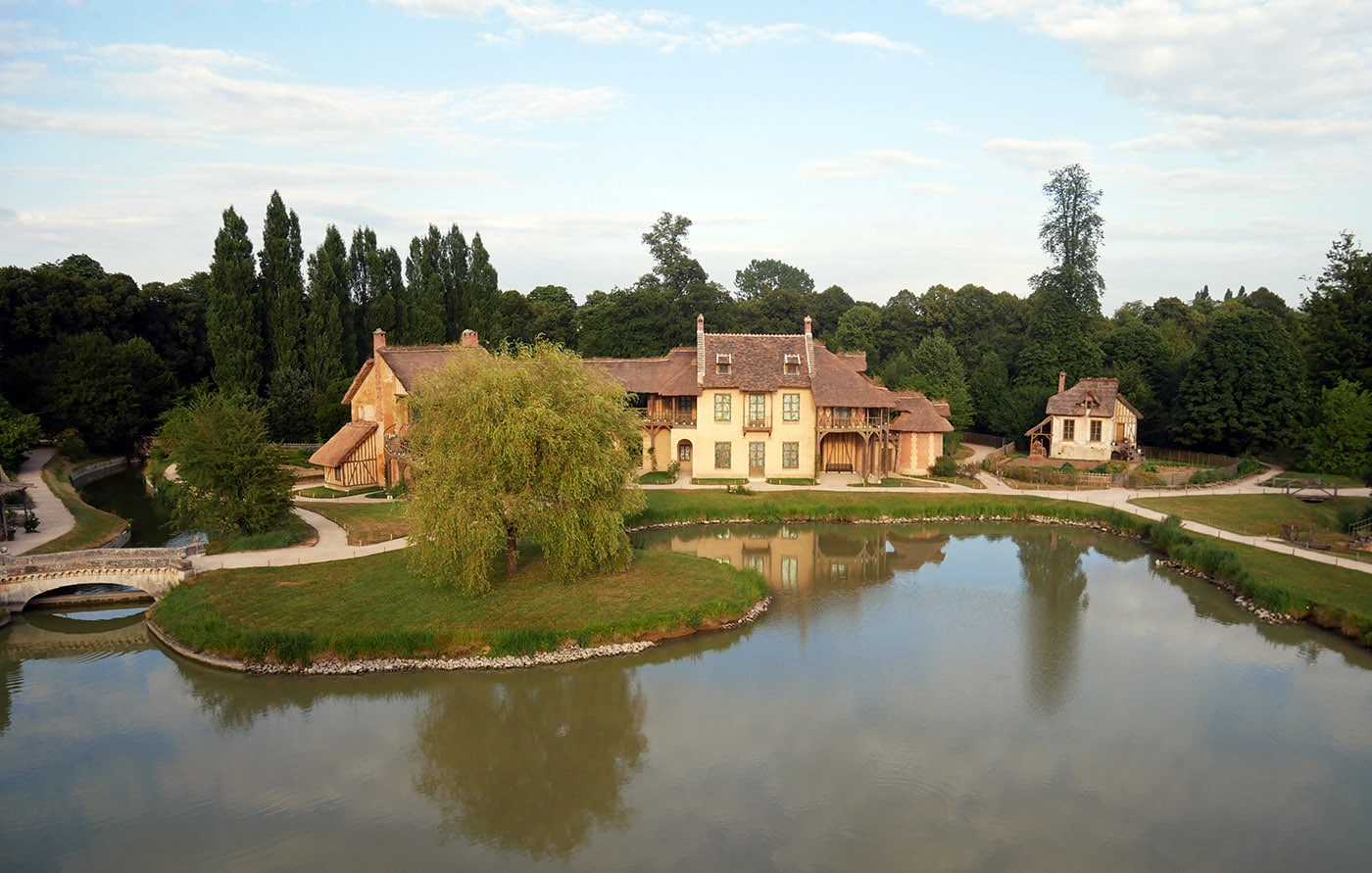
The palace’s opera theatre, completed in 1770, marked the end of more than a century of development. It was dedicated to the future Louis XVI and Marie Antoinette’s wedding ceremonies.
The acoustics are excellent, thanks in part to the hall’s wooden structure, which includes panels carved and painted to resemble stone.
The whole structure was ahead of its time: it was France’s first ovular opera theatre, and the King’s Loge and Boudoir are early examples of Louis XVI architecture (despite being made during the reign of Louis XV). It’s a style that would become popular in France for the following 20 years, until the death of Louis XVI.
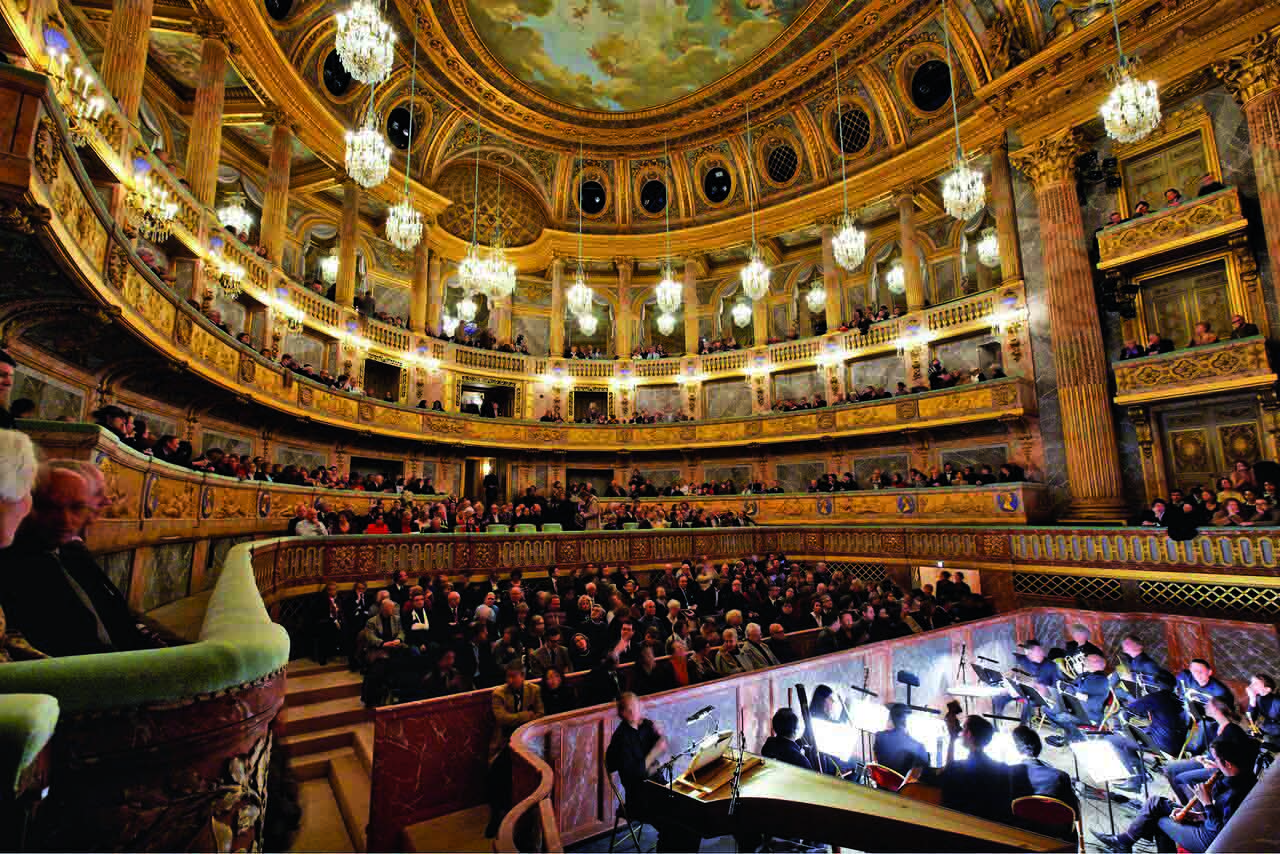
Le Grand Trianon is indeed one of the most opulent things to see in Versailles. Several centuries before Marie Antoinette, Louis XIV had sought his own retreat from royal life, but he was far more lavish than Marie Antoinette’s.
The Grand Trianon is a pavilion designed by Louis Le Vau for the King and his principal mistress, the Marquise de Montespan, to spend time alone.
In 1687, once the original structure began to show symptoms of wear, the king commissioned Jules Hardouin Mansart to construct a new one out of pink marble. It has its own geometric gardens and, while being only one level high, manages to be both adorable and majestic.
